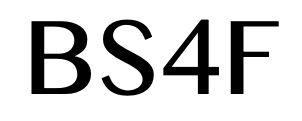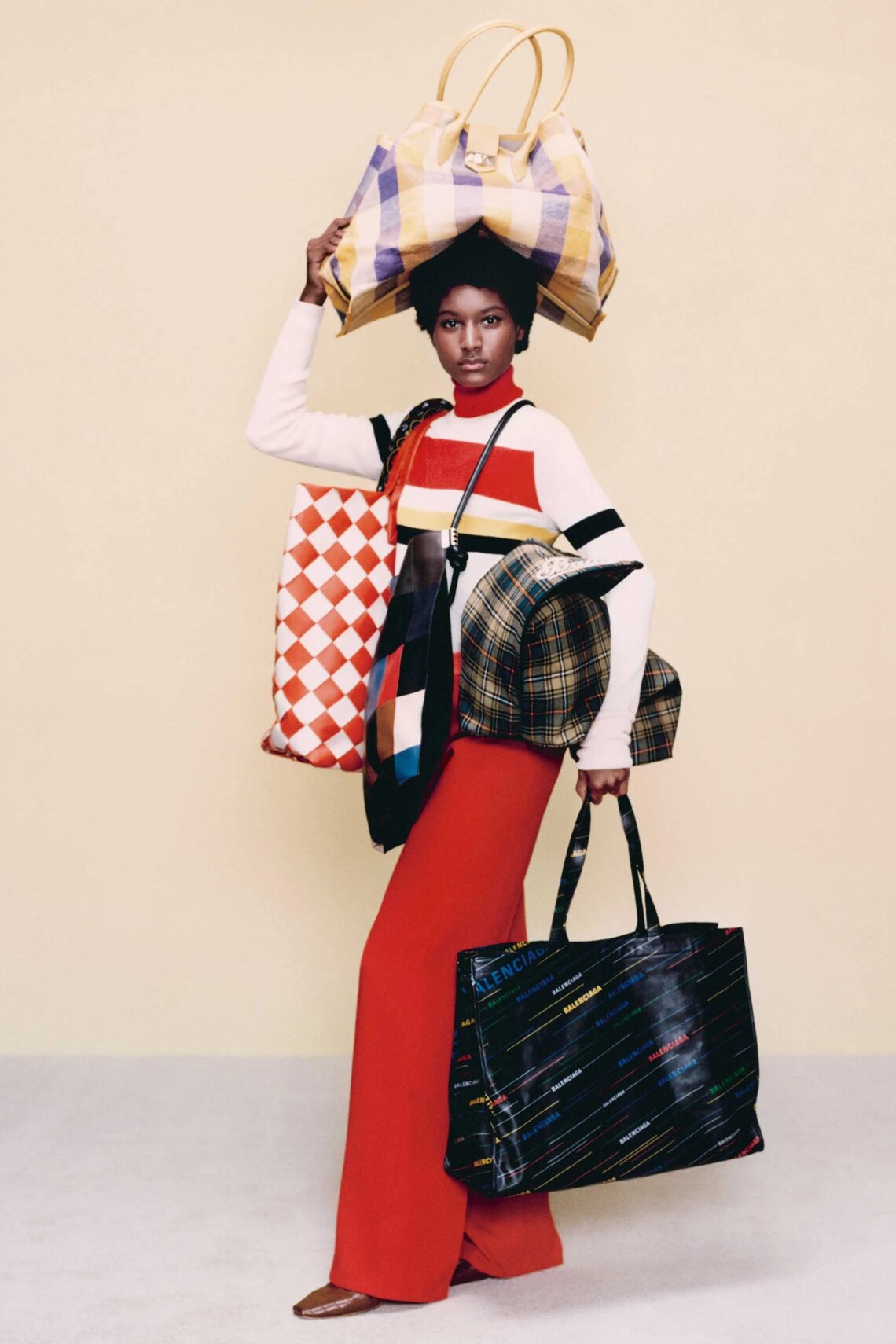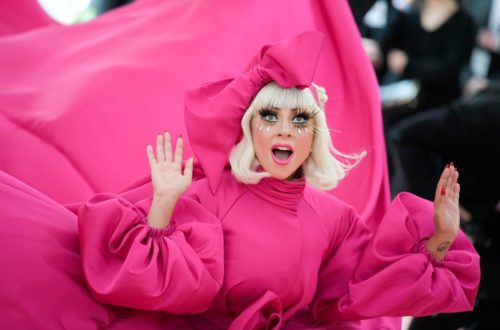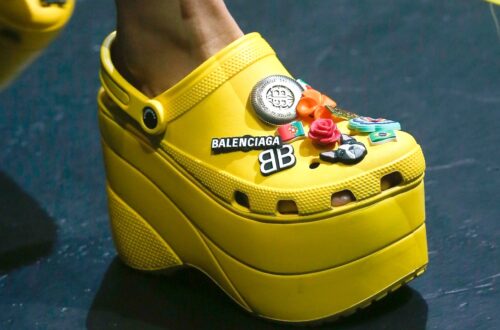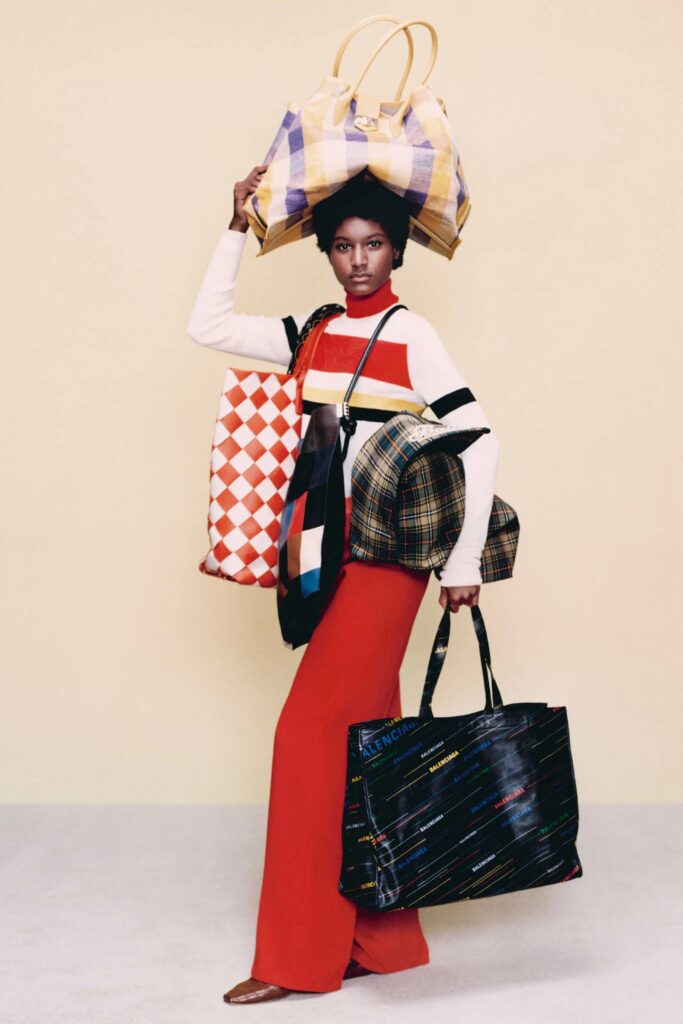
“11 Of The Best Second-Hand Designer Bag Sites To Know Now” – Vogue
When considering a new clothing item or accessory, many of us (hopefully) explore the option of buying it second-hand, perhaps through an online resale platform. This is no longer an isolated choice, as the resale apparel market reached an astonishing value of $197 billion in 2023.
The most intriguing development within this sector is the remarkable growth of the second-hand luxury market. This trend highlights a pivotal shift: the movement toward a circular fashion economy is no longer confined to high-street brands. Luxury fashion houses now face mounting pressure to extend the lifecycle of their products and adapt to this evolving consumer mindset.
This transformation raises two critical questions. First, how has this market expanded so rapidly? Second, what impact will the shift toward an increasingly circular fashion market have on the future of luxury fashion?
Conscious Consumers and Savvy Shoppers:
The drivers behind this market growth are twofold. Firstly, there is growing consumer demand for second-hand luxury goods, particularly from younger generations who are motivated by sustainability and seek preloved items. The speed of growth in this sector is evident, as the market for second-hand luxury goods is expanding four times faster than the luxury market itself. Digital resale platforms are designed around the consumer experience, offering additional services such as curation, authentication, and personalized shopping experiences. As a result, the newly coined ‘re-commerce’ sites have been developed to create convenient and accessible platforms.
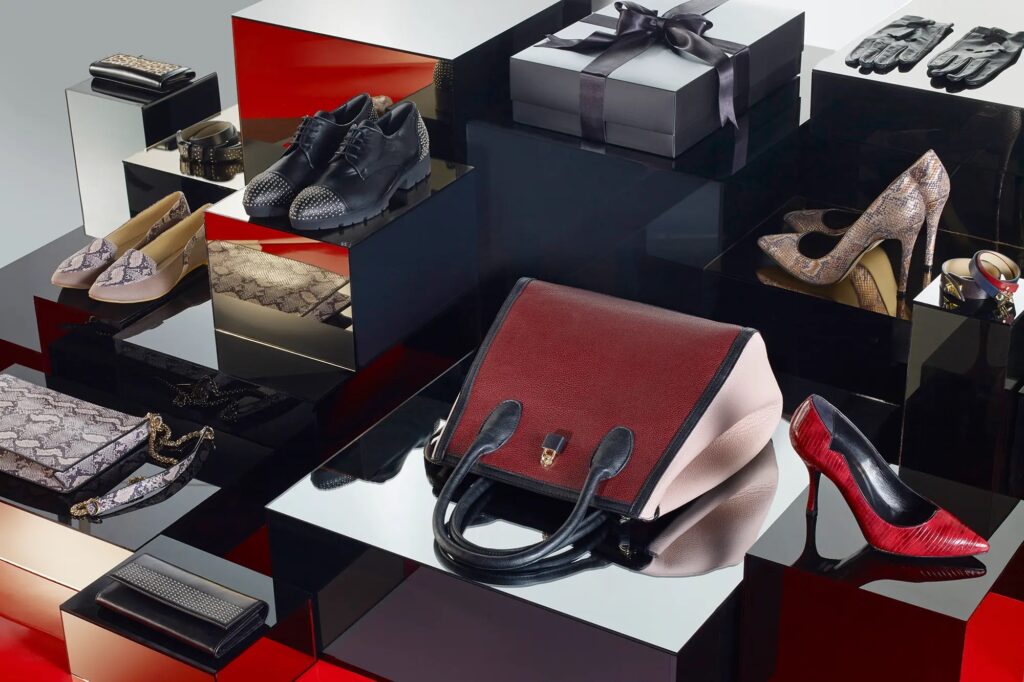
Secondly, many savvy shoppers now view luxury items as assets that can appreciate in value. In an investigative report by Business of Fashion, it was found that these investments are indeed profitable, with 62% of luxury sellers surveyed having sold a luxury item for more than they paid for it. This trend has been fueled by successful resale platforms, such as Vestiaire Collective, The RealReal, and Farfetch, among many others. With increasing sophistication and ease of use, digital luxury resale markets have significantly consolidated, accompanied by rising levels of transparency and trust, which have attracted sellers and buyers from around the globe.
What Sets Luxury Resale Apart?
Having examined the broader shift toward resale in the luxury fashion industry, we now turn to explore how luxury resale differs from that of high-street brands. According to market research company The Olinger Group, the primary characteristics of luxury brands include exclusivity, high quality, strong brand identity, and a premium price point. One reason many luxury brands have been hesitant to capitalize on the booming resale market is their concern that the nature of resale might conflict with these defining traits. Consumers may perceive second-hand luxury goods differently than second-hand high-street items, potentially undermining the allure of luxury.
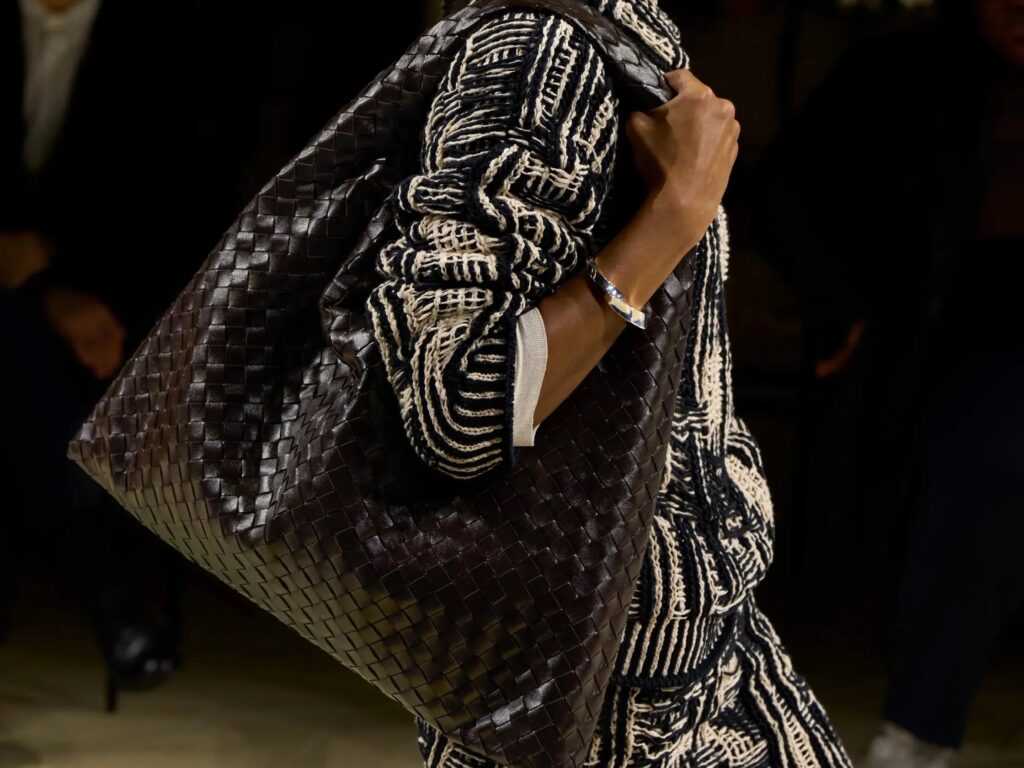
Bottega Veneta bag featured in “A New Lineup of Vogue’s Favorite Essentials are in”
Some luxury brands remain apprehensive about promoting resale, fearing it could weaken their future product lines. For many consumers, the appeal of luxury lies in the “newness” of its goods. Additionally, the resale market’s one-stop-shop approach to luxury threatens to dilute brand exclusivity. Concerns about authenticity further compound these challenges. According to the Global Brand Counterfeit Report, luxury brands lost nearly $30.3 billion in sales to online counterfeit sellers, making the issue of legitimacy a pressing concern. Consequently, while the demand for second-hand luxury goods continues to rise, many brands maintain an uneasy relationship with resale, viewing the aftermarket as largely beyond their control.
A notable example of a luxury brand’s negative relationship with resale is Chanel. In 2018, the fashion house filed lawsuits against online resale platforms The RealReal and What Goes Around Comes Around, alleging trademark infringement, counterfeit sales, and false advertising. Chanel argued that these platforms were damaging the brand’s reputation and diminishing its appeal.
Will This Change How We View Luxury Fashion?
The impact of the resale market on the image of luxury fashion is multifaceted. On one hand, it has already begun to change, and will continue to reshape, the concept of ownership in luxury fashion. By increasing the circularity of luxury products, the resale market makes these goods more accessible, offering them at lower price points. Moreover, the adoption of technologies like blockchain for product authentication enables both resellers and buyers to verify the authenticity of luxury items, fostering trust and transparency in the resale market.
However, the role of luxury fashion extends beyond the quantity of goods bought and sold. Each season, luxury fashion designers drive a “trickle-down” effect, where high-street brands replicate the most popular trends emerging from fashion week. Luxury brands also have the resources and technology to innovate, whether by developing new materials or introducing cutting-edge production processes.
This trickle-down effect has been amplified by the influencer-sponsorship model, where brands, including luxury fashion houses, collaborate with celebrities and social media influencers to promote their products. This strategy reinforces a consumer mentality of “If my favourite influencer has it, I want it too.”
For example, Gucci collaborated with TikTok star Francis Bourgeois, dressing him for their Milan Fashion Show in exchange for promotional TikTok videos. Similarly, Kim Kardashian has acted as a muse for Balenciaga’s creative director, Demna Gvasalia. In 2022, she even walked the runway for Balenciaga during Paris Haute Couture Week.
Ultimately, luxury brands’ adaptability to contemporary marketing practices and partnerships with resale platforms highlight their ability to evolve amidst dramatic changes in the fashion landscape. The increasing focus on extending the lifecycle of garments and accessories will inevitably reshape the sales structure of luxury goods, encompassing resale platforms and third-party sellers. This shift is likely to make luxury items more accessible to more consumers. Furthermore, I posit that limited luxury items and accessories will be seen as appreciable and profitable assets. However, most crucially, I believe that luxury fashion brands will continue to maintain the ‘trickle down’ effect of inspiring smaller designers. In the face of immense pressure for increasing sustainability in the fashion world, luxury brands should continue to leverage their resources to discover and promote increasingly ethical production processes and materials.
By Skye Lockhart
Sources:
https://luxe.digital/business/reports/luxury-resale-transformation/
https://www.businessoffashion.com/reports/luxury/bof-insights-the-rise-of-resale-luxury-as-currency/
